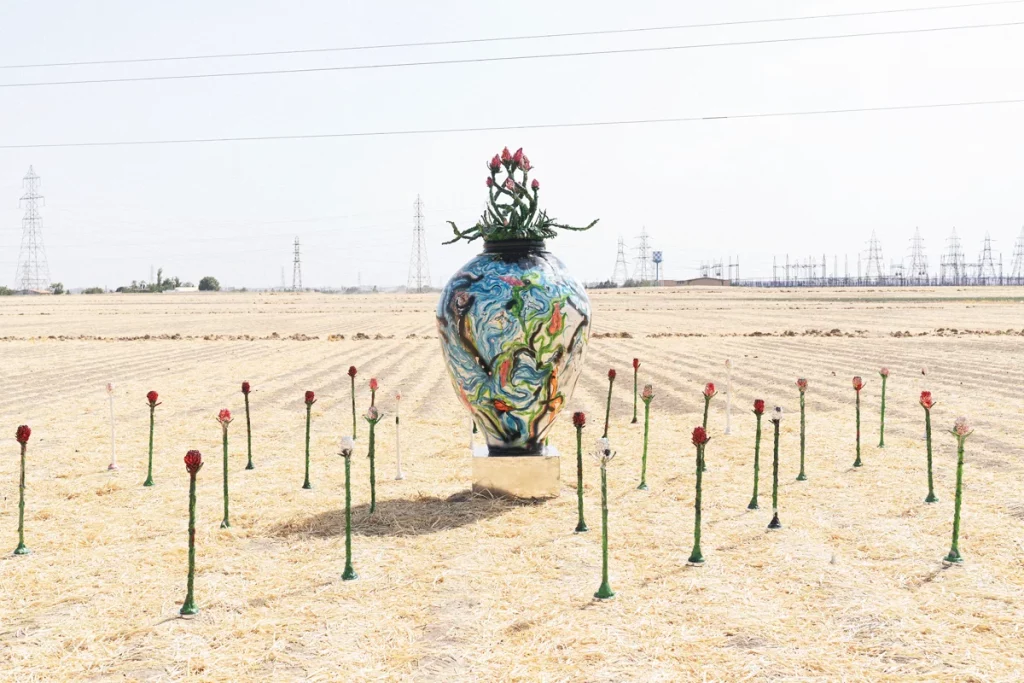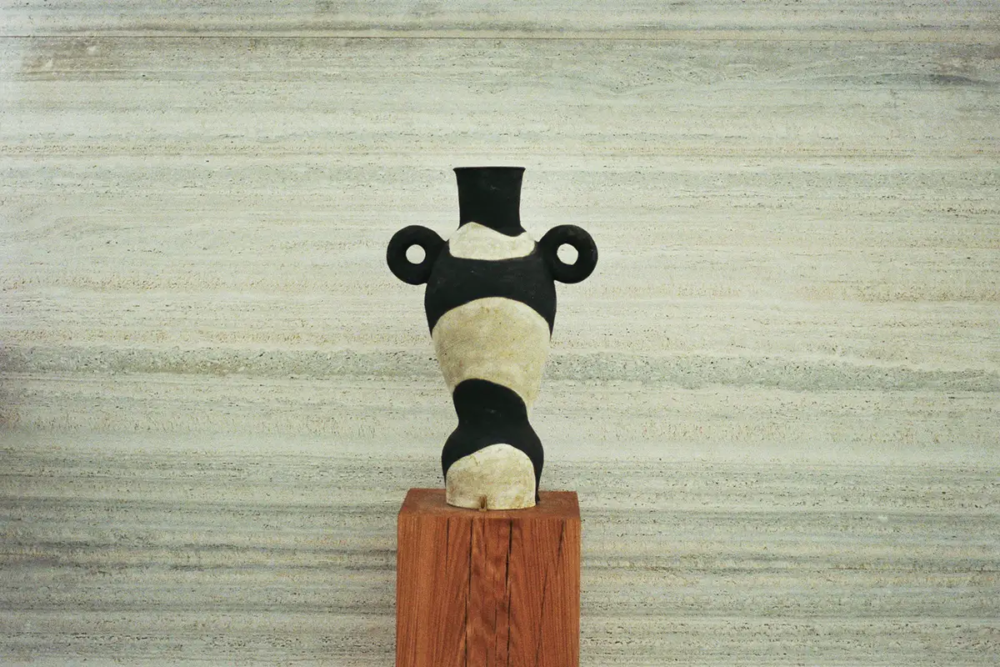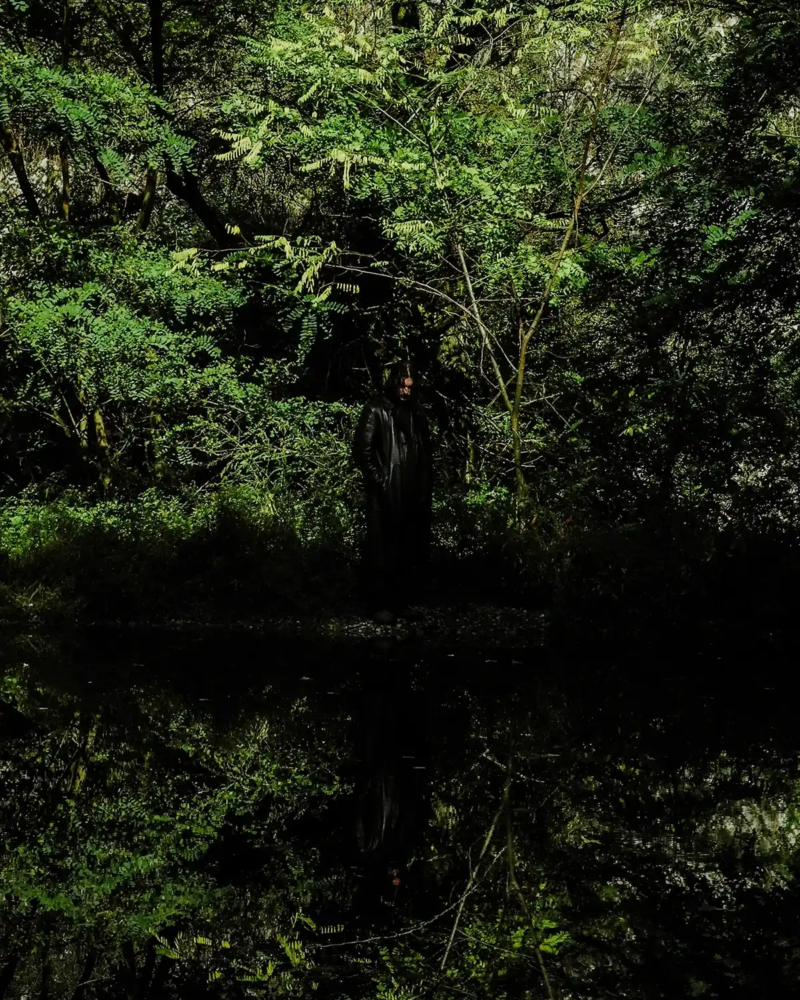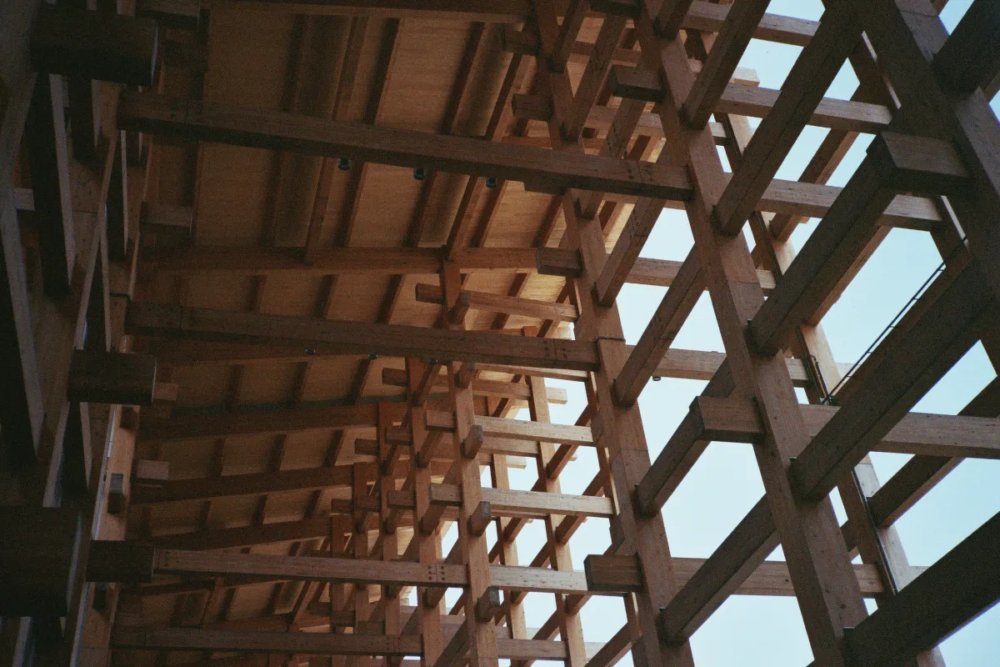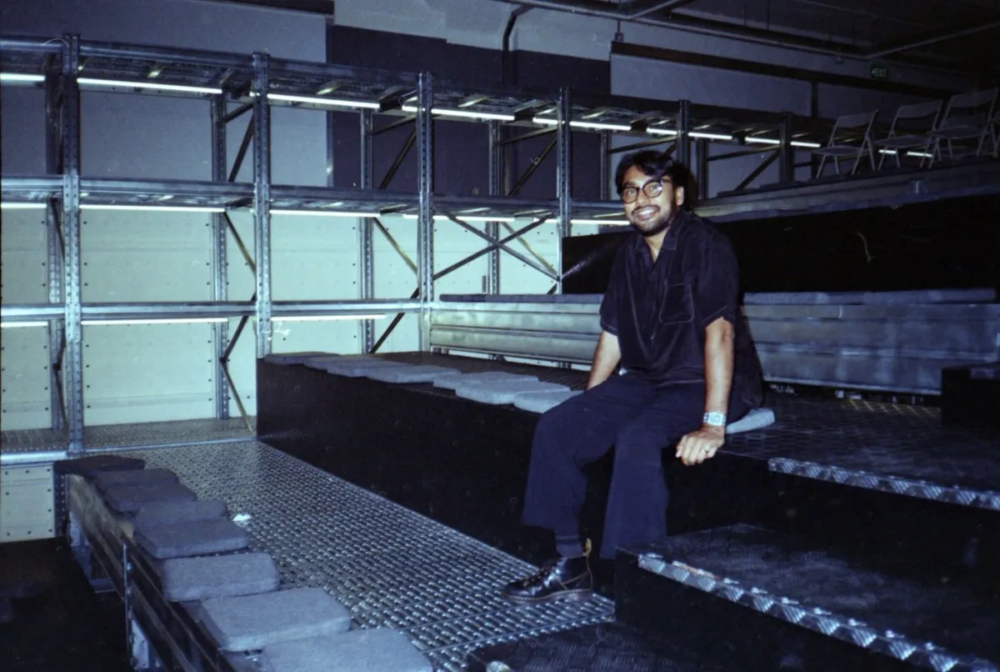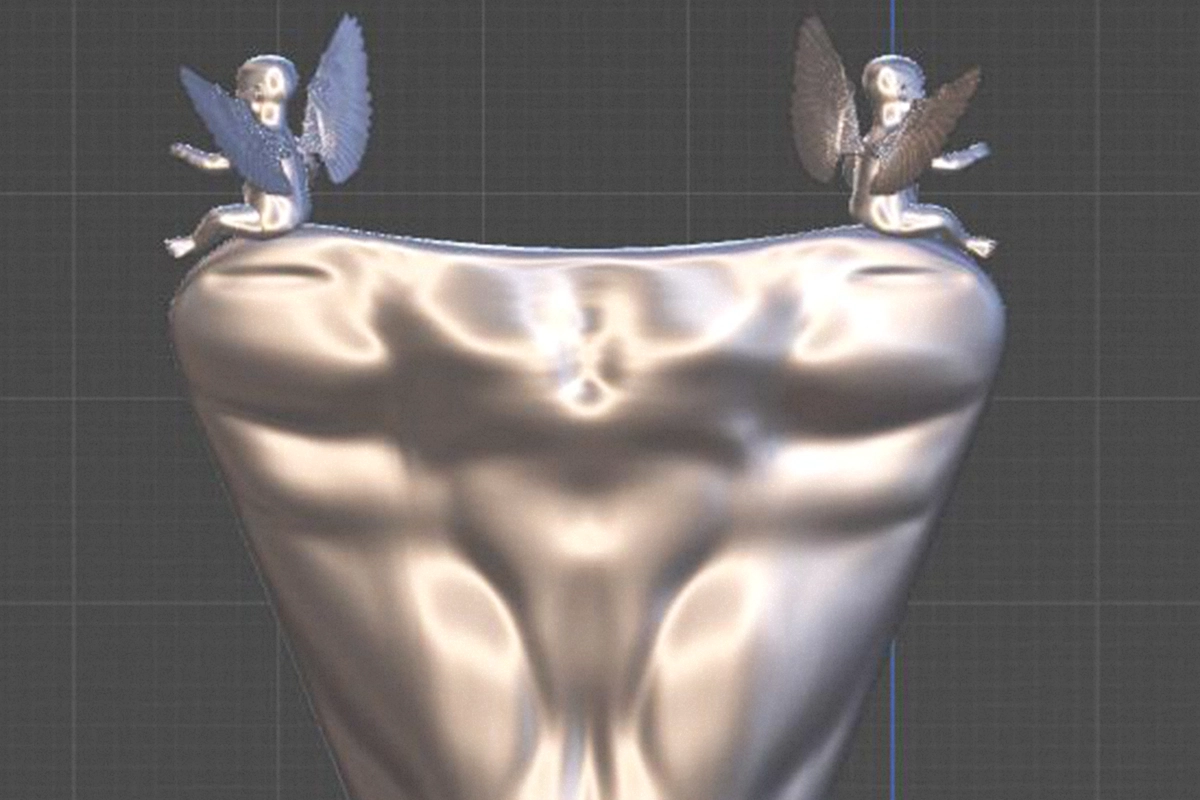
Roham Shamekh on Artful Design Manifestation and Pharrell’s Echoes
Roham Shamekh Shamekh incorporates elements like graffiti, tattoo paintings, floral motifs and generative AI into functional creations that comment on collective identity, environment and interconnectedness
J.B: You were jailed for dancing to Pharrell Williams’ song Happy.
R.S. I was nineteen with friends and we were in Iran. We made a video with Happy, and we wanted Pharrell to see it. I truly believed he’d see our video. We posted on YouTube, and it blew up. There were lots of views and some media attention. Then something happened to us. In the end, Pharrell saw the video and the world was talking about it for a week. Then I went to jail, and I was released. From that time, I began to understand manifestation. When I want something, when I’m sending the pulse and the energy into the universe, it can happen.
Born in Iran and based in Dubai, Roham Shamekh merges art and design
Functional design and art have often fallen on opposite sides of the creative industries. On one end, making usable pieces of furniture requires meeting a level of commercial appeal and a capacity for mass-production that sometimes limits expression. On the other hand, artful creation provides room for the exploration of personal and collective narratives, innovation with form and medium, and storytelling. Working from his Dubai-based studio, Roham Shamekh fuses these disciplines within a framework that he describes as artful design. Through crossovers between mediums, Shamekh incorporates elements like graffiti, tattoo paintings, floral motifs and generative AI into functional creations that comment on collective identity, environment and interconnectedness.
Take his OVO MAN chair, which in one variation featured a metallic botanical protrusion breaking through the corner – a symbol of the interplay between environmental and human forces. In another variation, the chair was coated in tattoos that fuse the global influence of lyrical painting with references to a contemporary urban aesthetic. Or take Vase of Humanity, a series of street art-inspired urns and adjoining metallic flowers that combine in a contemplation of symbiosis, heritage and discovery.
Shamekh’s latest collection, Pharrell’s Echoes
In an extension of his commitment to storytelling, Shamekh’s latest collection, Pharrell’s Echoes, references his highly publicized imprisonment by Iranian authorities as a teenager. In 2014, he was jailed and flogged alongside six friends for posting a video of himself dancing to Pharrell Williams’ song, Happy. Following condemnation of the arrests by Amnesty International, the #freehappyiranians Twitter campaign and Williams’ public intervention on social media, Shamekh was released.
In Pharrell’s Echoes, which debuted to critical acclaim at Design Miami 2024, Shamekh reflects on Williams’ intervention and his role as, in Shamekh’s words, his guardian angel. It is not a rumination on the political implications of Shamekh’s arrest but a commentary on the power of manifestation and the idea that we can all shape each other’s lives. It has received praise from collectors and cultural figures like Rihanna.
Central in the collection are Universe, a white resin chair modelled on a torso with angelic wings symbolizing transcendence and hope. Also featured is Manifestation, fashioned in silver with two cherubs with faces based on Williams. A limited-edition version, Angel, is crafted in bronze.
I spoke with Shamekh about his imprisonment, Pharrell’s Echoes and his understanding of artful design. In the interview, Shamekh refers to manifestation as instrumental in his practice and his success. He tells me that he sometimes spends upwards of ten hours in the bathtub meditating, listening to music and sketching to connect with the water’s energy. At other points, we discuss his understanding of subjective beauty, his preference for using multiple mediums and the angels around us.
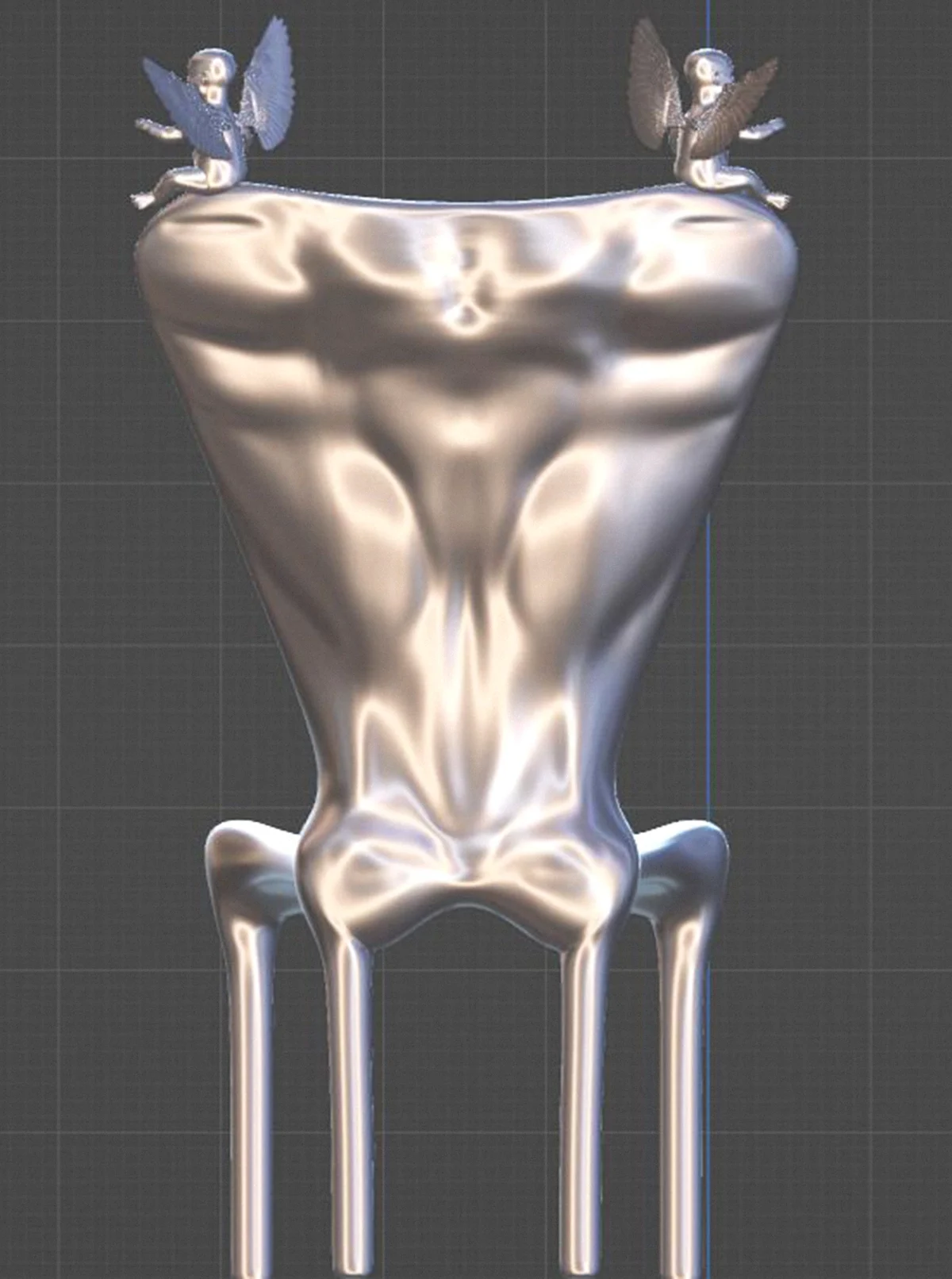
Interview with designer Roham Shamekh
Joshua Beutum. Describe your life from your time in Iran to now. How has it impacted your work?
Roham Shamekh. I started in Iran. When I was fifteen, I started the journey of art and life and there were a lot of ups and downs. I started with photography and paintings and crossed over to design and mixed media. From the beginning, I was a multidisciplinary artist, working with photography, sculpture and painting. When I was eighteen, I left my family and started my art journey.
I don’t talk about many things that happened in Iran because I don’t want to be a victim, but a lot happened. I came to Dubai at twenty-three or twenty-four; I started my journey here. I created a collection, and I exhibited it in Iran alone. I didn’t work with a gallery. I’m a perfectionist and I wanted to do everything myself. So, I started with shows in Dubai and the year after in other places, like Italy.
J.B. Do you want to talk more about your experiences with manifestation?
R.S. Everything can happen. It doesn’t matter how, but it’ll happen. I tried manifesting many things: starting my life, the art lab, the business, personal life, everything. You just have to be focused. You must work on it. You must continue and repeat the manifestation, or you will lose it. You will reject it. It will not happen.
Most of the time I’m alone in the bathtub. For me, it’s a safe zone. I met this spiritual girl ten years ago and she came from California. She was working on a project about water and its connection with energy. She introduced me to bathtub meditation. I had a collection – it’s called CBD, the Candy Bath Dimension – about water, because I was spending so much time in the bathtub. I would be writing and meditating or sketching and listening to music, but I was in the water, like a fish, for ten hours a day.
I must be focused. I write everything that happens in my brain – sometimes bad, sometimes good, sometimes complicated. I’m focusing on what I want to be, what I want to create, what I want to do. You need to be a good person and understand myself – my soul, who I am –the capacity I have and the power I have. And in the last three years, I’ve been focused on the power of humility in different ways.
J.B. Why is Pharrell Williams a symbol of this power of manifestation?
R.S. All of us have an angel with a different face – maybe an animal, a celebrity. But Pharrell became my angel, and I owe a lot to him. I don’t know what would be happening and what I would be doing if he didn’t help me get out of jail.
Roham Shamekh on Pharrell’s Echoes
J.B. What’s the message behind Pharrell’s Echoes?
R.S. Pharrell’s Echoes is about the angels around us. We have to want to find them and send something into the universe. Then they will show us their different faces and help us. They look different to everyone. Of course, we have all experienced this, but we must open our eyes to all that’s happening around us. We must be focused.
It is a message to the younger generation. It’s about the power of humility, manifestation and the power we have over our lives. I used my real story with Pharrell because it was my first experience of manifestation. It’s proof of these things.
I use the angels on the chairs and the body of a man – a man or woman, it doesn’t matter – to communicate this. The body of man represents the human experience and the angels around the chair are the magic around us, on the left and right, life and death. They have Pharrell’s face because, for me, he is my angel.
J.B. You use a lot of resin in this project. Tell me about that choice.
R.S. I love resin because it’s flexible and transparent, and you can use it for everything. In Pharrell’s Echoes, I mixed resin with porcelain for the angel chairs because I wanted to communicate the feeling of bones, the structure of man. And when you look closely at the chairs, you see the material looks like bone.
I also mix resin with metal. In the Terminator collection – with the candelabra and the flower – I made the flower with resin, and the candelabra with steel chrome. Then the flower broke through steel and came out of the stronger material. It was a reflection of life and the idea that when something wants to happen, it happens.
Creative Process and Artful Design: Roham Shamekh
J.B. Describe your creative process.
R.S. First, I practice storytelling and write the story down before sketching and creating. Then I talk with my team and work on the first version. The first version usually uses a different material and it’s smaller. Then we create a bigger version, and we work on that. I have eight people in the studio working with me and we create the final version. Now I’m creating a new character in my art journey. I don’t know its name, but I created it.
J.B. What is this character?
R.S. The character is me. Maybe it’s inside me, the things I’m talking with, the energy I’m talking to. And I want to be connected to that world, so that when I want something, they give it to me. I don’t know exactly what it is, but there’s something in my brain that I talk to and connect with. Everyone has this character, but I feel it more because I felt that power and I feed that character and feel it helping me. And we can see that character, it has a physical look. Maybe for you it’s a different face, a different look, a different material or something like that, but that’s the character. I’m creating that physical look.
J.B. Your process involves adding elements of what you call artful design into functional pieces. What inspired this decision to cross between disciplines?
R.S. Everything is art. But art for me is functional experience. The goal is not just to look at it, but to touch it and use it. I create this connection between art and design, and that’s the future of fine art. These chairs are sixty kilograms. They’re not easy to use, so they’re about communicating meaning. They’re really sculptures. But they can be used, too. Sometimes there is no function. I’m a multimedium artist. There is no function in the paintings and the photography I do, but now I’m more focused on functional pieces.
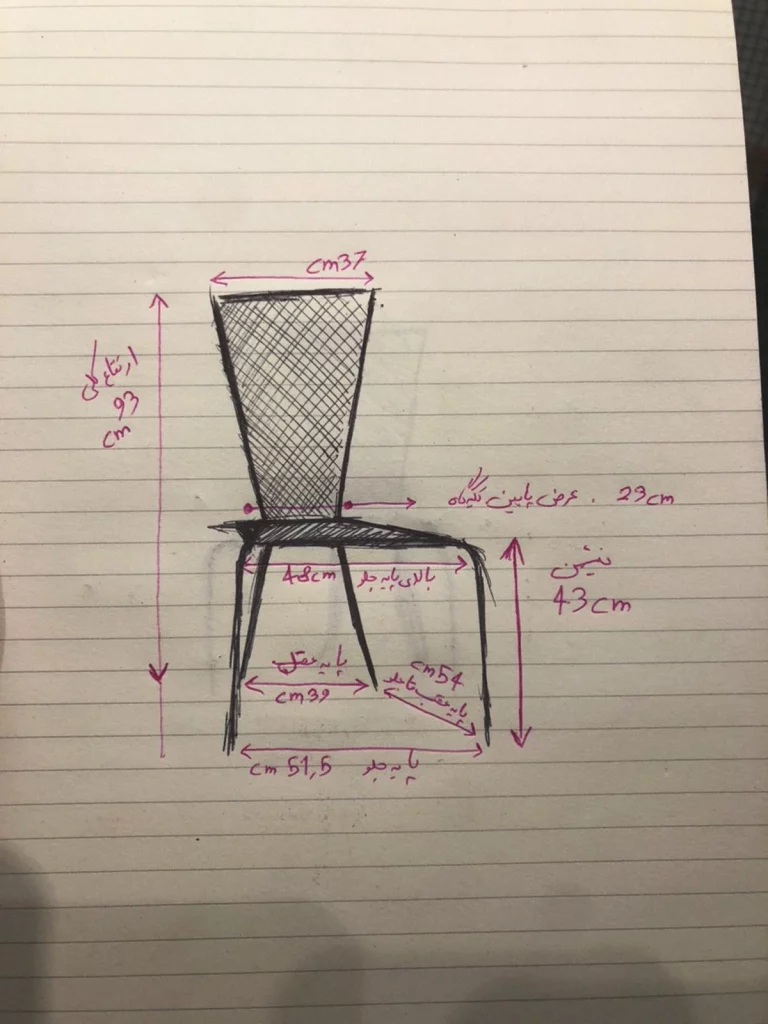
J.B. How do you decide which medium to use at what time?
R.S. I can’t say when I’ll be using which medium. When I create something, I do the painting, the drawing, the photography, I have the studio. Now I’m creating more functional art, but it’s not the specific medium that I choose. I’m just going with the flow.
J.B. You’ve incorporated botanical protrusions, graffiti and tattooing into your pieces. What drives this desire to push boundaries of conventional furniture design?
R.S. Beauty, and that comes from childhood. I love to design the whole space, to create the mise-en-scene. I will see a photo in my mind, and it comes from there, because when I see something I see the whole thing. When I create the object, I see everything about it. I see something when I create a character; I cannot create just one character as a sculpture. I see the character in the different spaces, different areas, different worlds that it occupies, and they look different in each of those places.
J.B. What’s next for you?
R.S. I want to create a different version of man. Not really a man, just something with a soul, an energy. I’m creating that character that I’m feeling. That’s my connection with myself. Now I’m working on some of the collection as a sculpture, but maybe I will create something functional from that in the future. Maybe a soulful sofa.
Roham Shamekh
Roham Shamekh is an Iranian multidisciplinary artist and designer whose work challenges conventions by blending mediums like tattoo painting, floral motifs and generative AI with functional art and spatial design. Based in Dubai since 2016, his studio focuses on research-driven, experiential designs that address themes of identity, interconnectedness and universality.
Joshua Beutum
